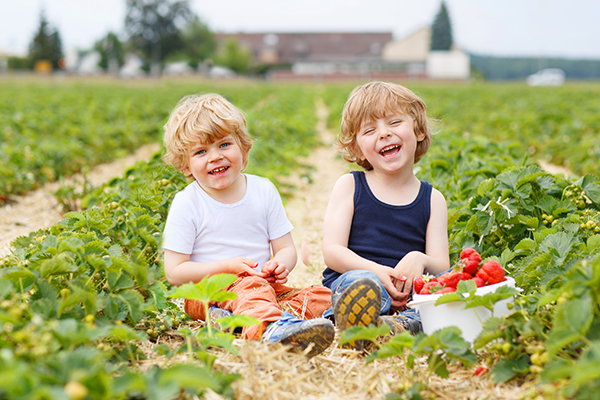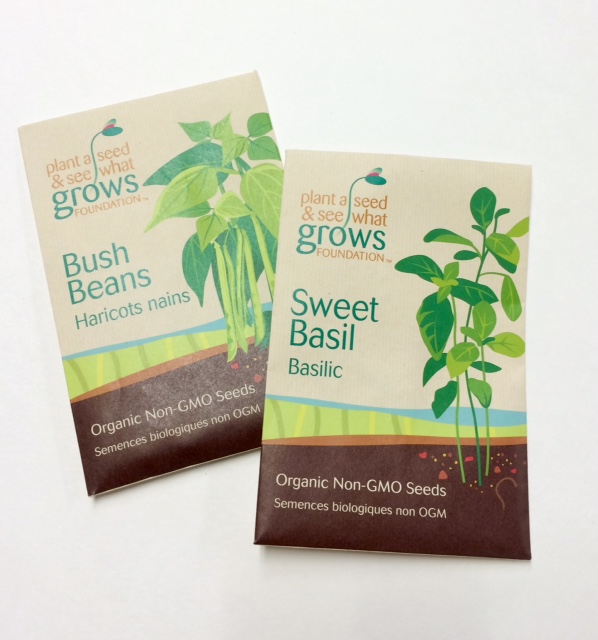In our times of climate change, seed preservation is crucial to help achieve genetic diversity that supports sustainable development and food security. We need to have reliable access to sufficient, affordable and nutritious food. To achieve this, a sustainable model is needed that meets our current needs without compromising the future generations’ ability to meet their needs.
Our current climate change realities from drought, flash floods, late and early frosts; hail storms to insect attacks on crops are distressing signs that we all have to do better now.
In a 2010 report from the UN Food and Agriculture Organization, it estimates that 75% of crop biodiversity has been lost from the fields from 1900 to 2000. In Canada, we only rely on four plant species: 1) wheat, 2) maize, 3) rice, and 4) potato. This leaves Canada’s agricultural and food systems very vulnerable.
Experts believe that only open pollinated, heirloom seeds have the capability to adapt to these changing climate conditions. Due to their genetics, open pollinated, heirloom seeds are often resistant to local pests, diseases and extreme weather conditions.
Therefore, seed preservation of open pollinated, heirloom seeds promotes genetic biodiversity. With a broad pool of genetic variations, there will always be species that will survive and flourish, which consequently helps ensure food biodiversity.

Furthermore, seed saving embodies our relationship to our interdependence with the land and plant kingdom. It is the source of our knowledge of seasonal cycles and the use of plants for food, medicine, tools and art.
How Plant a Seed Foundation Promotes Seed Preservation
We promote seed biodiversity, ecological seed production and help keep seeds in the public domain. We also provide heirloom and organic seeds to school and community gardens.

The Best Source of Heirloom & Organic Seeds
There are many great sources of heirloom and organic seeds. Aside from the commercially available heirloom and organic seeds, here are other sources of seeds:
The Farmer
Some will argue that the best source for seed is a one-on-one trade with a local farmer who has heirloom seeds with a multi-generational connection to the land. If the seed is organic and open pollinated, it can adapt to local conditions, be saved and consequently improve in succeeding generations.
Don’t know your local farmer? Check out some of the regional directories in this link to help you find them: http://www.cog.ca/our-services/Directory/
You!
If you eat, you can be a seed saver! Keep those seeds especially the 5 easy-to-grow indoor fruits and vegetables for urbanites and kids
Become a seed saver and you’ll be doing your part to promote genetic biodiversity now.
Click below for more resources:
Foundation’s Seed Storage & Preservation
Let us know how you think you can help seed preservation. Will you see your local organic farmer? Will you join the movement to be a seed saver?
Follow us on Twitter @SeeWhatGrows, Facebook, Google+ or email us at seeds@seewhatgrows.org








